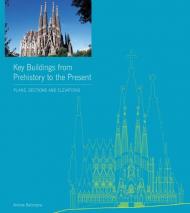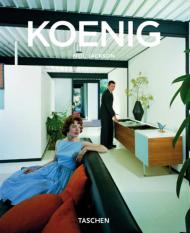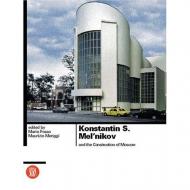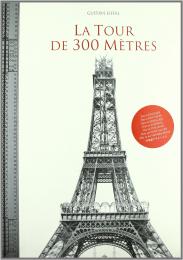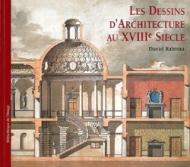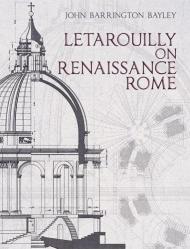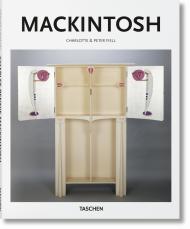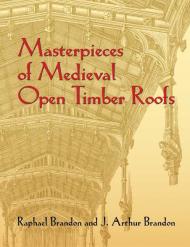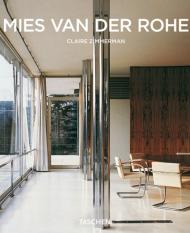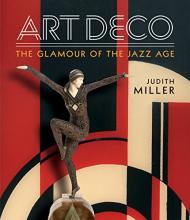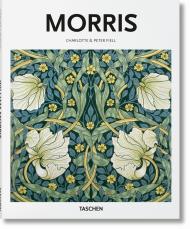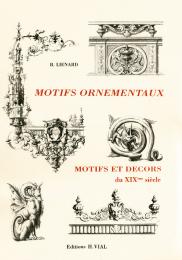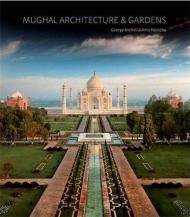Mighty Morris. The arts and crafts power of designer William Morris
William Morris was a polymath designer, writer, artist, and socialist activist, associated with England’s Pre-Raphaelite Brotherhood as well as Arts and Crafts movement. His prolific design work included tiles, embroidery, tapestries, wallpaper, and carpets and championed handcraftsmanship, natural dyes, “art for all”, and beautiful patterns of subtly stylized natural forms.
William Morris (1834–1896) was one of the greatest creative figures of the 19th century. As a visionary designer, as well as a manufacturer, writer, artist, and socialist activist, he pioneered the Arts and Crafts movement of the Victorian era, and left an extraordinary influence on architecture, textile, and interior design.
This richly illustrated book offers a suitably beautiful introduction to Morris’s colourful life and all aspects of his design work, including interiors, tiles, embroidery, tapestries, carpets, and calligraphy. Though best known in his lifetime as a poet and author, it is these exquisite designs that secured Morris’s posthumous reputation. As page after page dazzles with their beautiful patterns and forms, we explore the pioneering craftsmanship and natural motifs that inspired them, as well as Morris’s remarkable cultural legacy, through British textiles, Bauhaus, and even modern environmentalism.
The authors:
Charlotte & Peter Fiell have written numerous TASCHEN books, including 1000 Chairs, Design of the 20th Century, Industrial Design A–Z, Scandinavian Design, Designing the 21st Century, Graphic Design for the 21st Century, 1000 Lights, and Contemporary Graphic Design. They have also edited TASCHEN’s Decorative Art series and the 12-volume Domus 1928–1999.
About the series:
Each book in TASCHEN’s Basic Architecture series features:
- an introduction to the life and work of the architect
- the major works in chronological order
- information about the clients, architectural preconditions as well as construction problems and resolutions
- a list of all the selected works and a map indicating the locations of the best and most famous buildings
- approximately 120 illustrations (photographs, sketches, drafts, and plans)
